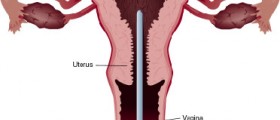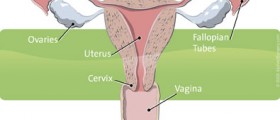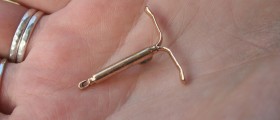
Because endometrial ablation makes pregnancy very dangerous, it is exclusively intended for women who are certain that they do not want any more biological children at any point in the future. At the same time, endometrial ablation is designed for women who do not want to end their heavy bleeding problems through a hysterectomy (the total surgical removal of the uterus). Patients who opt to have an endometrial ablation should combine the surgery with a permanent birth control method like a tubal ligation, essure or adiana permanent contraception. Endometrial ablation methods include laser thermal ablation, thermal balloon ablation, freezing, and electricity.
After the uterine lining has been successfully ablated, in other words destroyed, the uterus goes through a healing process after which scar tissue will be formed. This is what puts an end to the bleeding, or at least in most cases significantly reduces it. The exact methods of endometrial ablation vary greatly, but the result is similar in all cases heavy uterine tissues are removed, and the uterus scars and hopefully prevents bleeding. Most ablation procedures can be carried out in an out-patient context. It usually takes under an hour and is done under local anesthesia or in some cases general anesthesia. You can go home on the same day you had the procedure carried out, but recovery will take around a fortnight. While you are recovering nausea, cramping, and bloody vaginal discharge are common. For a specific example of endometrial ablation, take a look at who can benefit from NovaSure?
- medlineplus.gov/ency/article/007632.htm
- www.nhs.uk/conditions/heavy-periods/treatment/
- Photo courtesy of Clyde Robinson by Flickr: www.flickr.com/photos/crobj/7444464410/
















Your thoughts on this
Loading...